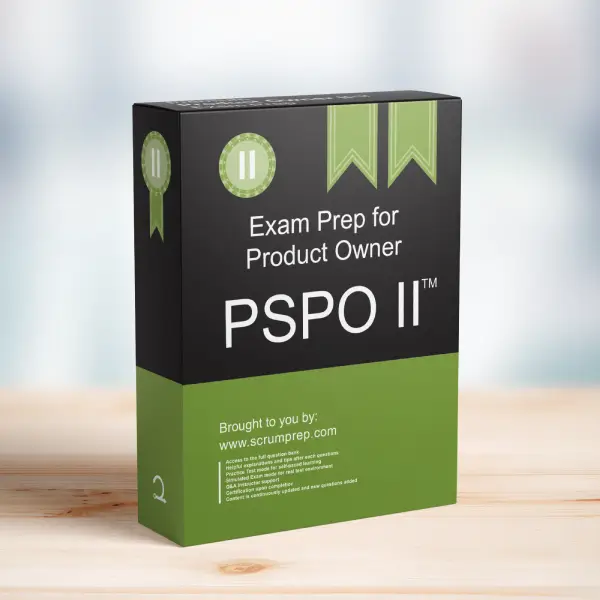Balancing Stakeholder Opinions and Making Strategic Decisions as a Product Owner
Navigating conflicting stakeholder opinions is a common challenge for Product Owners. This article explores the best approach to making strategic decisions when faced with differing perspectives.
Exam Question
You are the Product Owner for a product with diverse stakeholders with differing opinions that sometimes conflict.
Your Director of Marketing strongly believes that you should add a major new feature to reach a new market. Your CEO believes that the new feature is too expensive and thinks you should focus on other features to make existing customers happier. The CEO says that as Product Owner it is ultimately your decision.
You think both perspectives have merit, but you cannot do both. How should you proceed?
(choose the best answer)
A. Trust the CEO’s opinion and focus on current customers, because you cannot afford unhappy customers.
B. Better understand the positions of other stakeholders to gather more information, then make a decision.
C. Devise an experiment that will help the company to better understand the new market and its potential.
D. Trust the Director of Marketing’s opinion and add the features; when revenues increase, you will be vindicated.
Correct Answer
C. Devise an experiment that will help the company to better understand the new market and its potential.
Explanation
Correct Answer
C. Devise an experiment that will help the company to better understand the new market and its potential:
Running an experiment allows you to gather data on the new market’s potential without committing fully to an expensive and untested feature. This approach balances both perspectives by providing evidence-based insights to inform your decision.
Incorrect Answers
A. Trust the CEO’s opinion and focus on current customers, because you cannot afford unhappy customers:
While retaining current customers is important, dismissing the potential of a new market without investigation could lead to missed opportunities.
B. Better understand the positions of other stakeholders to gather more information, then make a decision:
While understanding stakeholder positions is valuable, it doesn’t provide concrete data or test the assumptions about the new market.
D. Trust the Director of Marketing’s opinion and add the features; when revenues increase, you will be vindicated:
Adding features based solely on one stakeholder’s opinion without evidence could lead to wasted resources if the new market does not deliver the expected returns.
Responsibilities in Scrum
- Product Owner: The Product Owner is responsible for maximizing the value of the product. This includes making informed decisions based on data, stakeholder input, and strategic goals.
- Scrum Master: Supports the Product Owner in facilitating discussions and ensuring that the decision-making process is transparent and collaborative.
- Developers: Provide input on the feasibility and effort required for implementing new features or running experiments.
Relevance to the PSPO II Exam
Understanding how to balance stakeholder perspectives and make data-driven decisions is crucial for the PSPO II exam. This knowledge ensures that candidates can effectively manage stakeholder expectations and prioritize work that maximizes product value.
Key Takeaways
- Experiments are a valuable tool for validating assumptions and gathering data to inform strategic decisions.
- Balancing stakeholder input with evidence-based decision-making is key to maximizing product value.
- The Product Owner is accountable for making decisions that align with the product’s strategic goals and deliver the highest value.
Conclusion
As a Product Owner, navigating conflicting stakeholder opinions requires a strategic approach. By devising experiments and gathering data, you can make informed decisions that balance the interests of all stakeholders and maximize the product’s value. For more information on preparing for the PSPO II exam, visit our PSPO II Exam Prep.



